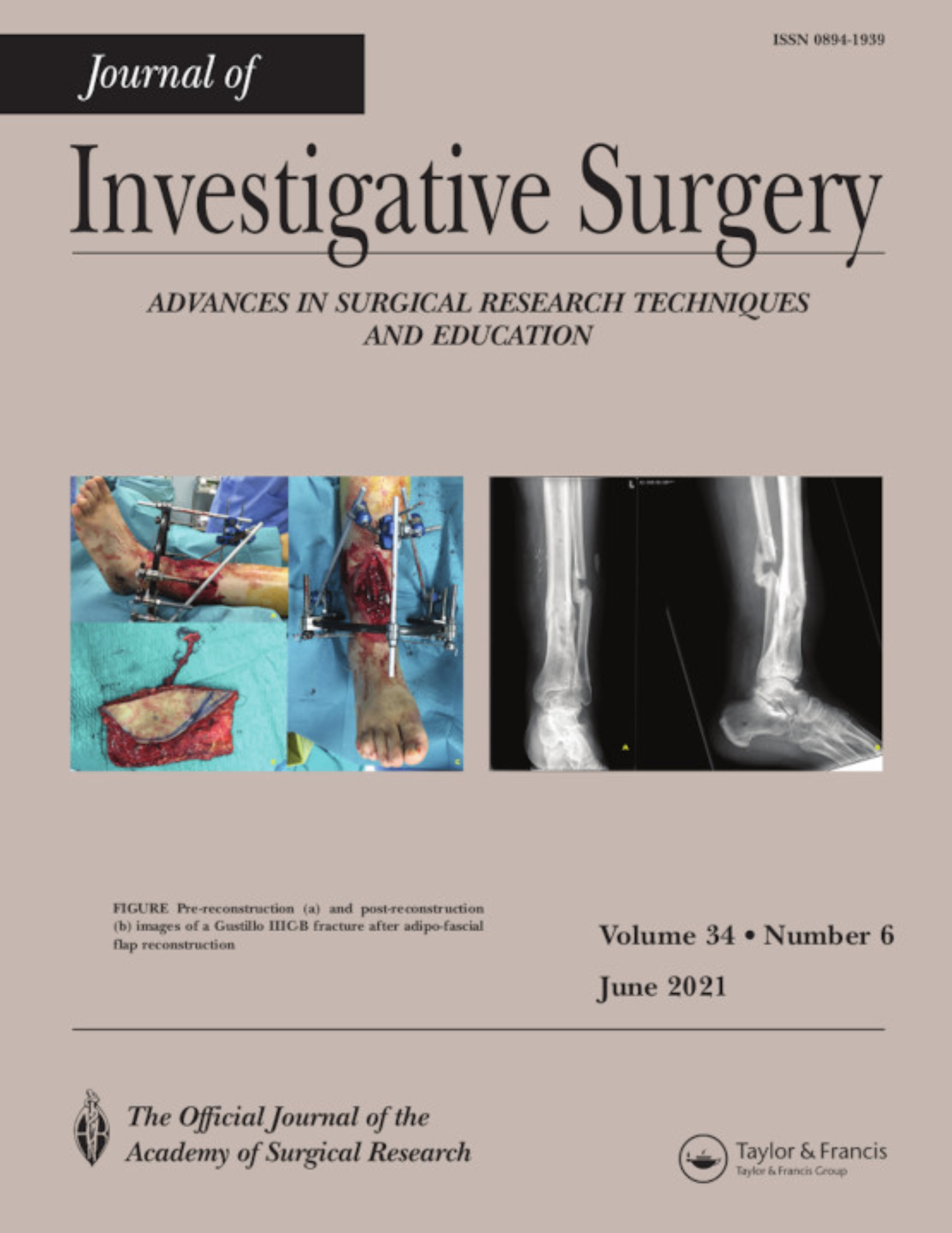
Pre-Emptive Dexketoprofen Reduces Post-Op Pain and Opioid Consumption after Shoulder Arthroscopy

Pre-Emptive Dexketoprofen Reduces Post-Op Pain and Opioid Consumption after Shoulder Arthroscopy
The Effect of Pre-emptive Dexketoprofen Administration on Postoperative Pain Management in Patients with Ultrasound Guided Interscalene Block in Arthroscopic Shoulder Surgery
J Invest Surg. 2021 Jan;34(1):82-88.Did you know you're eligible to earn 0.5 CME credits for reading this report? Click Here
Synopsis
Sixty patients scheduled for an arthroscopic shoulder surgery were randomized to receive intravenous pre-emptive dexketoprofen (n=30) or normal saline (n=30) fifteen minutes prior to incision for the reduction of pain and opioid consumption. Outcomes of interest included duration of motor blockade and sensory blockade, total patient controlled fentanyl consumption, pain scores on a Visual Analogue...
To view the full content, login to your account,
or start your 30-day FREE Trial today.
FREE TRIAL
LOGIN
Forgot Password?
Explore some of our unlocked ACE Reports below!

Learn about our AI Driven
High Impact Search Feature
Our AI driven High Impact metric calculates the impact an article will have by considering both the publishing journal and the content of the article itself. Built using the latest advances in natural language processing, OE High Impact predicts an article’s future number of citations better than impact factor alone.
Continue



 LOGIN
LOGIN

Join the Conversation
Please Login or Join to leave comments.